Home>Garden Essentials>How To Grow Mango Seeds
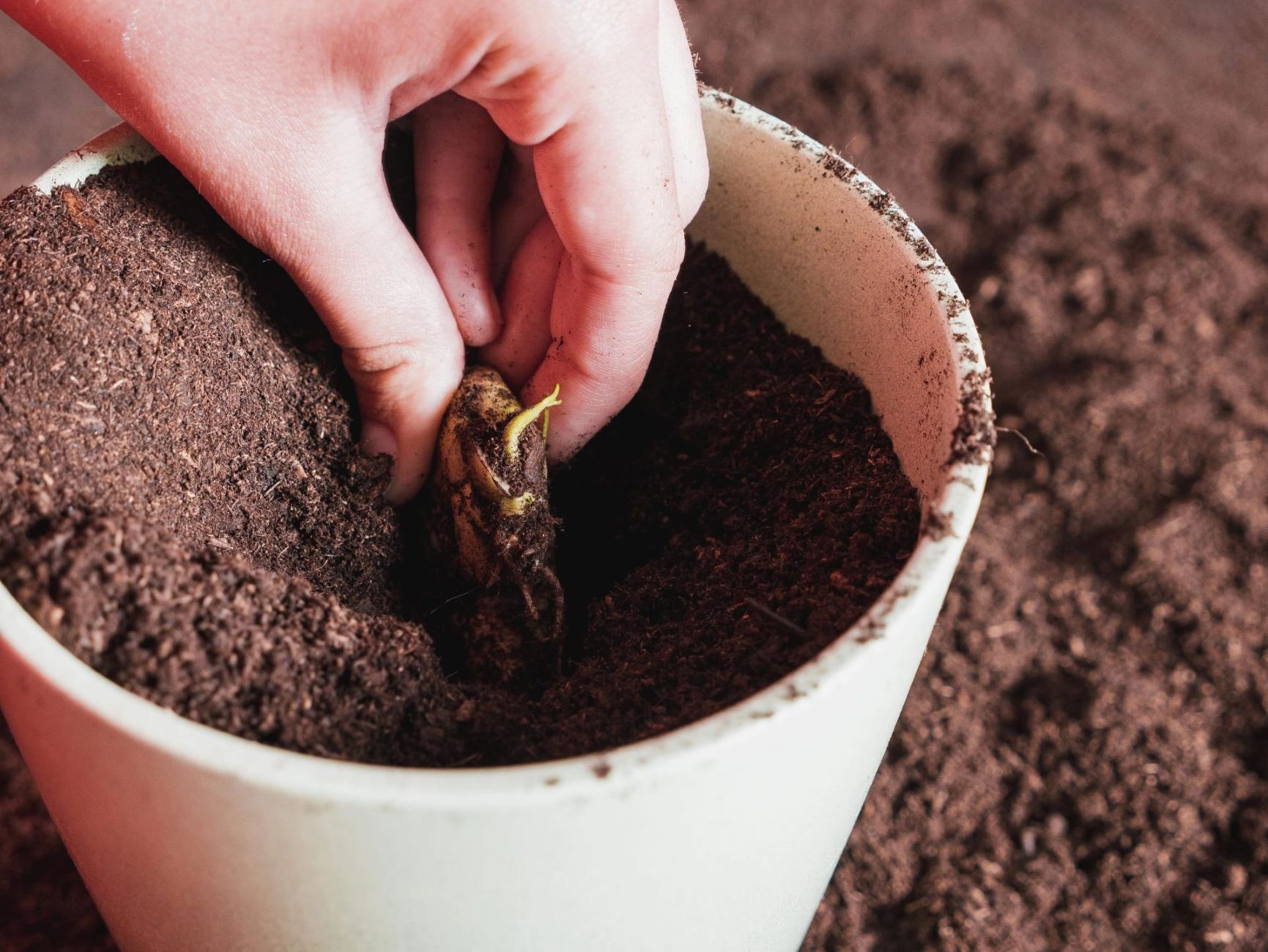

Garden Essentials
How To Grow Mango Seeds
Modified: March 16, 2024
Learn how to grow mango seeds in your garden and enjoy delicious homegrown mangoes. Get expert tips and techniques for successful cultivation.
(Many of the links in this article redirect to a specific reviewed product. Your purchase of these products through affiliate links helps to generate commission for Storables.com, at no extra cost. Learn more)
Introduction
Welcome to the world of gardening and the exciting journey of growing your own mango trees from seed! Mangoes are not only delicious and nutritious fruits, but they also make stunning ornamental trees in your garden. With a little patience and care, you can grow your very own mango seedlings and witness the magic of nature unfolding.
Growing mango trees from seed is a rewarding experience that allows you to connect with nature and witness the transformation of a small seed into a majestic tree bearing delicious fruits. In this article, we will guide you through the process of selecting a mango seed, preparing it for planting, providing the right growing conditions, caring for the seedling, pruning and shaping the tree, harvesting mangoes, and troubleshooting common issues that may arise.
But before we delve into the details, it’s important to understand that growing mango trees from seed is a long-term commitment. It can take several years for a mango seedling to mature and start bearing fruit. Patience, dedication, and a love for gardening are key qualities to possess. So, if you’re ready to embark on this botanical adventure, let’s get started!
Key Takeaways:
- Growing mango trees from seeds requires patience, dedication, and love for gardening. It’s a long-term commitment, but the reward of enjoying your own juicy mangoes makes it all worthwhile!
- Providing the right growing conditions, such as light, water, and nutrients, is crucial for the healthy development of mango seedlings. Proper care, pruning, and troubleshooting issues ensure the success of your mango tree.
Read more: How To Make A Mango Seed Grow
Selecting a Mango Seed
When it comes to selecting a mango seed for planting, it’s important to choose a ripe and healthy seed. Look for a mango that is fully ripe and has a firm, unblemished skin. Avoid selecting seeds from mangoes that are overripe or have signs of disease or damage.
Once you have a suitable mango, carefully remove the flesh from around the seed. This can be done by gently cutting into the mango and sliding the knife along the seed to separate them. Be cautious not to damage the seed in the process.
After removing the flesh, give the mango seed a thorough rinse under clean water to remove any residue. This ensures that the seed is clean and ready for the next step. Now, take a closer look at the seed. Check for any signs of mold, discoloration, or rot. A healthy mango seed should be plump, smooth, and free from any visible damage.
In addition to visual inspection, you can also perform a simple float test to determine whether the seed is viable. Fill a container with water and gently place the mango seed in it. A viable seed will sink to the bottom, while an unhealthy or non-viable seed will float. Discard any seeds that float and select those that sink for planting.
It’s important to note that not all mango seeds will necessarily grow into healthy seedlings. Some seeds may not be viable or may have genetic characteristics that make them less likely to thrive. Therefore, it’s a good idea to select multiple seeds for planting to increase your chances of success.
Now that you have chosen the suitable mango seeds, let’s move on to preparing them for planting.
Preparing the Mango Seed for Planting
Before you plant your mango seed, there are a few important steps to take to ensure its successful germination. By properly preparing the seed, you can create ideal conditions for it to sprout and grow into a healthy seedling.
The first step in preparing the mango seed is to remove the outer husk or shell. This hard outer layer can inhibit water absorption and make it difficult for the seed to germinate. Carefully use a sharp knife or a pair of pliers to crack open the shell without damaging the seed inside. Be gentle and take your time to avoid injuring the seed.
Once the shell is cracked, you can carefully remove it to expose the inner seed. Take care not to damage the seed as you peel away the husk. The inner seed should now be visible and free from any outer coverings.
Next, it’s recommended to soak the mango seed in water overnight. This helps to soften the seed coat and promote moisture absorption, which is crucial for germination. Fill a container with clean water and place the seed inside, ensuring that it is completely submerged. Leave the seed to soak overnight or for at least 12 hours.
After the soaking period, remove the seed from the water and gently pat it dry with a clean cloth or paper towel. It’s important to handle the seed with care to avoid causing any damage or disturbing any potential root sprouts.
At this stage, you may notice a small, white nub-like structure emerging from the seed. This is the beginning of the embryo’s root, known as the radicle. It’s a positive sign that the seed is beginning to germinate.
With the mango seed now prepared and ready, it’s time to move on to the planting process. In the next section, we will guide you through the steps of planting the mango seed and providing the right growing conditions for successful seedling development.
Planting the Mango Seed
Planting the mango seed is a crucial step in the process of growing your own mango tree. By providing the seed with the right environment and care, you can encourage healthy growth and increase the chances of successful germination.
Start by choosing a suitable container for planting. A small pot or seedling tray with drainage holes will work well. Fill the container with a well-draining potting mix that is enriched with organic matter. This will provide the seed with the necessary nutrients and allow excess water to drain freely, preventing waterlogged conditions.
Make a small indentation in the potting mix, about an inch deep. Gently place the mango seed into the hole with the radicle or root sprout facing downwards. Cover the seed with soil, ensuring that it is securely planted, but not buried too deep. The top of the seed should be just slightly visible above the soil surface.
Water the newly planted seed carefully, using a spray bottle or a gentle stream of water. Be sure not to overwater, as excessive moisture can lead to rotting. Keep the soil consistently moist, but not saturated. Place the container in a warm and well-lit location, such as a sunny windowsill or a greenhouse.
Germination can take anywhere from a few weeks to a couple of months, so it’s important to be patient and provide consistent care. During this time, monitor the moisture levels in the soil and water as needed to maintain the proper balance. Avoid allowing the soil to dry out completely or become overly saturated.
As the mango seedling begins to grow, you may notice the emergence of two small leaves, known as cotyledons. These initial leaves will eventually be replaced by the true leaves of the mango tree. At this stage, it’s important to ensure that the seedling receives adequate sunlight to support its growth. Aim for at least 6-8 hours of direct sunlight per day or provide supplemental light if necessary.
Continue to care for the mango seedling by maintaining the appropriate moisture levels, providing sufficient sunlight, and protecting it from extreme temperature fluctuations. Regularly monitor the growth and development of the seedling, as we will discuss in the next section on caring for the mango seedling.
With the mango seed planted and on its way to becoming a healthy seedling, you are well on your way to growing your own mango tree. In the following section, we will explore the right growing conditions necessary for the successful growth of your mango seedling.
Providing the Right Growing Conditions
Creating the optimal growing conditions is essential for the healthy development of your mango seedling. By ensuring that the seedling receives the right amount of light, water, and nutrients, you can promote robust growth and increase its chances of becoming a thriving mango tree.
Light: Mango trees thrive in full sun, requiring a minimum of 6-8 hours of direct sunlight per day. Position your seedling in a location that receives ample sunlight or provide supplemental grow lights if natural light is limited. The more sunlight your mango seedling gets, the better it will grow and develop.
Water: Mango trees have moderate water requirements. It’s important to keep the soil consistently moist without allowing it to become waterlogged. Check the moisture levels regularly by inserting your finger into the soil. If it feels dry about an inch below the surface, it’s time to water. Remember to water thoroughly, allowing the water to penetrate the root zone, but avoid overwatering, as it can lead to root rot.
Humidity: Mango trees prefer a warm and humid climate. If you live in a dry area or experience low humidity, consider increasing the humidity around your seedling. You can achieve this by placing a tray filled with water near the plant or by using a humidifier. Mist the leaves occasionally to provide a humid environment, but avoid excessive moisture, which can promote fungal diseases.
Temperature: Mango trees thrive in tropical and subtropical climates. They prefer temperatures between 70°F (21°C) and 85°F (29°C). Avoid exposing your seedling to frost or extreme temperature fluctuations, as they can harm the delicate young plant. If you live in a colder climate, consider growing your mango tree in a greenhouse or indoor environment.
Soil: Mango trees prefer well-draining and fertile soil. Choose a potting mix that is rich in organic matter, as it provides essential nutrients and improves soil structure. Avoid heavy, compacted soils that can retain excess moisture. If you are planting your mango seedling in the ground, amend the soil with organic matter to enhance fertility and drainage.
Fertilizer: Mango trees benefit from regular feeding with a balanced fertilizer. Use a slow-release organic fertilizer or a specialized mango tree fertilizer according to the manufacturer’s instructions. Apply the fertilizer sparingly to avoid overfertilization, which can burn the roots. Start fertilizing a few months after planting the seedling, and continue throughout the growing season.
By providing the right growing conditions, you are setting the stage for the successful growth of your mango seedling. In the next section, we will discuss how to care for the seedling as it matures and prepare it for transplantation.
Read more: How To Cut A Mango With Seed
Caring for the Mango Seedling
As your mango seedling grows into a young plant, proper care is crucial to ensure its health and vitality. By providing the right attention and maintenance, you can help the seedling develop strong roots, sturdy stems, and lush foliage. Here are some essential care tips to follow:
Watering: Continue to monitor the soil moisture and water the seedling as needed. As the plant grows, its water requirements may increase. Water deeply and evenly, allowing the water to reach the root zone. Ensure proper drainage to prevent waterlogging, as stagnant water can lead to root rot. Adjust the watering frequency based on the environmental conditions and the moisture levels in the soil.
Pruning: Regular pruning is essential for shaping the mango tree, promoting air circulation, and maintaining a manageable size. Prune any dead, damaged, or diseased branches as soon as you notice them. Additionally, thin out excessive growth to prevent overcrowding and encourage stronger branching. Keep in mind that major pruning should be done during the dormant season.
Fertilizing: Feed your mango seedling with a balanced fertilizer during the growing season to provide it with the necessary nutrients. Follow the manufacturer’s instructions regarding the application rates and frequency. Avoid applying fertilizer directly onto the trunk of the tree, as it can cause burns. Water the plant thoroughly after fertilizing to distribute the nutrients to the root zone.
Weeding: Regularly inspect the area around your mango seedling for weeds. Weeds not only compete with the seedling for nutrients and water but can also harbor pests and diseases. Remove weeds by hand or use a shallow cultivation tool to gently loosen and remove them. Mulching around the plant can help suppress weed growth and conserve soil moisture.
Pest and Disease Control: Keep a close eye on your mango seedling for any signs of pest infestation or disease. Common pests that may affect mango trees include aphids, scales, and fruit flies. Treat infestations promptly using organic pest control methods or appropriate insecticides. Prevention is key, so maintain a healthy growing environment and practice good hygiene to minimize the risk of diseases.
Support and Staking: As your mango seedling grows taller, you may need to provide support to prevent it from bending or snapping during strong winds. Use a sturdy stake or tie the plant to a trellis or a stake driven into the ground. Be careful not to tie the plant too tightly to avoid damaging the stem or restricting its growth.
By following these care guidelines, your mango seedling will have the best chance of thriving and developing into a healthy and productive tree. As it matures, you may need to consider transplanting it into a larger container or into the ground. In the next section, we will discuss the process of transplanting your mango seedling.
After removing the outer husk, plant the mango seed in a well-draining soil mix and keep it consistently moist. Place it in a warm, sunny spot and be patient as it can take several years for the tree to produce fruit.
Transplanting the Mango Seedling
As your mango seedling grows larger and stronger, it will eventually outgrow its initial container and require transplanting into a larger pot or into the ground. Transplanting provides the seedling with more space for root development and encourages healthy growth. Follow these steps to successfully transplant your mango seedling:
Choose the Right Time: Transplant your mango seedling during its dormant period, typically in early spring. This allows the plant to adjust to its new environment before the active growing season begins. Avoid transplanting during hot or dry periods, as it may stress the seedling. Opt for a cloudy or mild day to minimize stress on the plant.
Prepare the New Container: If you’re transplanting into a larger pot, select a container with sufficient depth and width to accommodate the growing root system. Ensure the pot has drainage holes to prevent waterlogging. Fill the container with a well-draining potting mix, leaving enough space to accommodate the root ball of the seedling.
Prepare the Seedling: Gently remove the seedling from its current container, taking care not to damage the roots. If the root system is tightly bound or circling the pot, gently loosen the roots with your fingers or make a few vertical cuts on the sides of the root ball to encourage outward growth.
Plant the Seedling: Place the seedling in the center of the new container and fill in the gaps with fresh potting mix. Ensure that the plant is at the same depth it was in its previous container. Press the soil lightly around the root ball to secure the seedling in place. Do not compact the soil too tightly, as it may hinder root growth and drainage.
Watering: After transplanting, water the seedling thoroughly to settle the soil and help the roots establish in their new environment. Ensure that the water reaches the root zone and drains freely from the container. Continue to water the seedling regularly, keeping the soil moist but not waterlogged.
Transitioning to the Outdoors: If you are transplanting your mango seedling into the ground, gradually acclimate it to outdoor conditions before planting. Start by placing the seedling in a sheltered location for a few hours a day, gradually increasing its exposure to sunlight and outdoor elements over the course of a week. This helps the plant adjust to the new environmental conditions.
Maintenance: After transplanting, continue to care for the mango seedling by following the previous care guidelines. Provide adequate sunlight, water regularly, and monitor for pests, diseases, and nutrient deficiencies. Keep an eye on the growth and make necessary adjustments, such as staking or pruning, to ensure the tree develops a strong structure.
Transplant shock is common when moving a plant to a new environment. However, with proper care and attention, your mango seedling will adapt and continue to thrive in its new home. In the next section, we will discuss the importance of pruning and shaping your mango tree as it matures.
Pruning and Shaping the Mango Tree
Pruning and shaping your mango tree is essential for maintaining its health, promoting proper growth, and maximizing fruit production. Regular pruning helps create a strong structure, improves air circulation, and enhances the overall appearance of the tree. Here are some important tips for pruning and shaping your mango tree:
Timing: Prune your mango tree during its dormant period, typically in late winter or early spring before new growth begins. Avoid pruning during the active growing season, as it can disrupt the tree’s energy balance and reduce fruit production.
Remove Dead or Diseased Branches: Start by removing any dead or diseased branches. Look for branches that are dry, brittle, or show signs of decay. Use clean and sharp pruning shears or saw to make clean cuts just above the branch collar or where the branch meets the main trunk. This helps prevent the spread of diseases and maintains the overall health of the tree.
Thinning: Mango trees can develop dense foliage, which may hinder air circulation and increase the risk of pests and diseases. Thin out excess branches to improve airflow and sunlight penetration. Remove any crossing or rubbing branches, as they can cause wounds and create entry points for pathogens. Maintain a balanced canopy by selectively removing branches to promote a more open and well-spaced growth pattern.
Height Control: Mango trees can grow quite tall, making it challenging to harvest fruits and perform maintenance tasks. Prune the tree to control its height and encourage a more manageable size. Trim the top branches to prevent excessive vertical growth. Consider using techniques such as scaffold pruning to train the tree to a desired height or shape.
Fruit-Producing Branches: Mango trees typically produce fruit on the previous year’s growth. Identify and preserve fruit-bearing branches during pruning. These branches are generally thicker and show signs of flowering and fruit development. Pruning them lightly helps maintain a balance between foliage and fruit production.
Maintaining a Central Leader: Ideally, mango trees have a central leader branch that serves as the main trunk. Train the tree to develop a strong central leader by removing competing branches that may grow too close to the center or higher than the desired height. This helps promote good structure and prevents the tree from becoming top-heavy.
Pruning Young Trees: When pruning young mango trees, focus on establishing a strong framework of branches. Select 3-4 well-spaced scaffold branches and remove any competing or crossing branches. Prune to create an open and balanced structure that encourages horizontal growth and prevents the risk of branch breakage later on.
After each pruning session, clean your tools with a disinfectant to prevent the spread of diseases between cuts. Additionally, monitor the tree for any new growth, pests, or signs of stress, and make necessary adjustments throughout the growing season.
By regularly pruning and shaping your mango tree, you not only ensure its long-term health and productivity but also create an aesthetically pleasing addition to your garden. In the next section, we will explore the exciting process of harvesting mangoes from your tree.
Harvesting Mangoes from Your Tree
After nurturing your mango tree with care and watching it grow, it’s time to enjoy the ultimate reward – harvesting delicious mangoes straight from your own tree. Harvesting mangoes at the right time ensures optimal flavor, texture, and juiciness. Here’s what you need to know about harvesting your mangoes:
Timing: The timing of mango harvest depends on the variety and local climate. Mangoes generally ripen several months after flowering. The fruit is ready to harvest when it reaches its full size, develops a vibrant color, and gives off a sweet aroma. Avoid harvesting mangoes too early, as they may lack flavor and have a firm texture.
Color and Texture: Different mango varieties exhibit different colors when ripe. Pay attention to the specific color characteristics of the variety you are growing. Look for a change in color from green to yellow, red, or orange. Gently squeeze the fruit to assess its firmness. Ripe mangoes should give slightly to gentle pressure, indicating a soft and juicy texture.
Harvesting Techniques: To harvest mangoes, hold the fruit gently and twist it from the tree, giving it a slight tug. Avoid pulling too hard, as it may damage the fruit or the tree. If the mango doesn’t easily come off, it’s likely not fully ripe. Leave it on the tree for a few more days before attempting to harvest it again.
Stem Removal: After harvesting, remove the stem from the fruit. Use sharp pruning shears or a knife to cleanly cut the stem close to the fruit without damaging the skin. Leaving a short stub of the stem can increase the chances of spoilage and pest infestation during storage.
Storage: If you’re not consuming the mangoes immediately, store them at room temperature until they reach the desired ripeness. Once ripe, you can refrigerate them to prolong their shelf life. However, keep in mind that refrigeration can alter the taste and texture of the fruit. Consume the mangoes within a few days for the best flavor and eating experience.
Enjoying Your Harvest: Once your mangoes are perfectly ripe, it’s time to indulge in their sweet and juicy goodness. Slice the mangoes and enjoy them fresh, add them to salads or smoothies, or use them in various culinary creations. The flavor and versatility of mangoes make them a favorite fruit for many delicious recipes.
It’s important to note that mango trees often have irregular fruiting cycles, producing a bountiful harvest in one year and a lighter crop the next. The amount of fruit you harvest may vary from year to year, but with proper care and attention to your mango tree, you can enjoy a consistent supply of mangoes in the future.
Now that you’ve learned how to harvest mangoes from your tree, let’s move on to the next section, where we’ll discuss common issues and troubleshooting tips to ensure the health of your mango seedling.
Read more: How To Start A Mango Seed
Troubleshooting Common Mango Seedling Issues
While growing mango seedlings can be a rewarding experience, you may encounter some common issues along the way. Understanding and addressing these problems promptly is key to ensuring the health and vitality of your mango seedling. Here are some common issues you may encounter and troubleshooting tips:
Poor Growth or Wilting: If your mango seedling is experiencing stunted growth or wilting, it may indicate root problems such as root rot or insufficient water. Check the moisture level in the soil and adjust your watering practices accordingly. Ensure proper drainage to prevent waterlogging, and consider repotting the seedling in fresh, well-draining soil if root rot is suspected.
Yellowing Leaves: Yellowing leaves can be a sign of nutrient deficiencies, most commonly nitrogen or iron. Review your fertilization regimen and ensure that your mango seedling is receiving adequate nutrients. Apply a balanced fertilizer or a specialized micronutrient supplement according to the manufacturer’s instructions. Adjust the pH of the soil if necessary to optimize nutrient uptake.
Fungal Diseases: Mango seedlings are susceptible to fungal diseases such as anthracnose or powdery mildew. These diseases can manifest as black or brown spots on the leaves, powdery white or gray patches, or general leaf discoloration. To manage fungal diseases, ensure proper air circulation around the seedling, avoid excessive moisture on the foliage, and apply organic fungicides if necessary. Prune affected branches and dispose of them properly to prevent the spread of the disease.
Pest Infestations: Common pests that may affect mango seedlings include aphids, scales, and fruit flies. Monitor your seedling regularly for signs of pest activity, such as distorted leaves, sticky residue, or visible insects. Use organic pest control methods or appropriate insecticides to manage infestations. Introduce beneficial insects, such as ladybugs or lacewings, to help control pest populations naturally.
Temperature Stress: Mango seedlings are sensitive to extreme temperature fluctuations. High temperatures can cause leaf burn and dehydration, while cold temperatures can lead to leaf drop and stunted growth. Protect your seedling from extreme weather conditions by providing shade during hot summer months and bringing it indoors or providing frost protection during cold winter periods.
Transplant Shock: When transplanting your mango seedling, it may experience temporary shock or stress as it adjusts to its new environment. To minimize transplant shock, ensure that the new planting site has suitable conditions, maintain proper watering, and provide shade or protection from direct sunlight during the initial period of adjustment. Avoid unnecessary handling or disturbing the roots during transplantation.
By promptly addressing these common issues and implementing appropriate measures, you can ensure the health and success of your mango seedling. Remember to provide consistent care, monitor the plant regularly, and consult with local gardening resources or experts if needed.
Congratulations on your journey of growing mango seedlings! By following the steps and tips outlined in this article, you are well on your way to enjoying the beauty and bounty of your very own mango tree. Happy gardening!
Conclusion
Congratulations! You have now completed your journey of learning how to grow mango seeds and care for your mango seedlings. Growing mango trees from seeds is an exciting and rewarding endeavor that allows you to connect with nature, witness the wonders of growth, and enjoy the delicious fruits of your labor.
Throughout this article, we covered the essential steps, from selecting ripe and healthy mango seeds to preparing them for planting. We discussed the importance of providing the right growing conditions, including proper lighting, watering, humidity, temperature, soil, and fertilizer. We also explored the crucial aspects of caring for your mango seedlings, such as pruning, pest and disease control, and providing support as needed.
We highlighted the process of transplanting your mango seedlings into larger containers or into the ground, ensuring they have room to grow and thrive. Additionally, we discussed the exciting part of harvesting mangoes from your tree, including timing, color and texture cues, and proper storage techniques to enjoy the fruits of your labor.
Finally, we addressed common issues that may arise with mango seedlings and provided troubleshooting tips to help you overcome challenges. By promptly addressing poor growth, nutrient deficiencies, fungal diseases, pest infestations, and temperature stress, you can ensure the health and longevity of your mango seedlings.
Remember, growing mango trees from seeds requires patience, dedication, and a love for gardening. It is a long-term commitment that may take several years before you can enjoy your first harvest. But the taste and satisfaction of biting into a ripe, juicy mango from your very own tree will make it all worthwhile.
We hope this comprehensive guide has empowered you with the knowledge and confidence to embark on your mango-growing journey. As you continue to care for your mango trees, don’t forget to enjoy the process, embrace the beauty of nature, and savor the joy of witnessing your seedlings transform into majestic trees.
Happy growing and may your mango trees flourish and bring you an abundance of delicious, tropical fruits for years to come!
Frequently Asked Questions about How To Grow Mango Seeds
Was this page helpful?
At Storables.com, we guarantee accurate and reliable information. Our content, validated by Expert Board Contributors, is crafted following stringent Editorial Policies. We're committed to providing you with well-researched, expert-backed insights for all your informational needs.
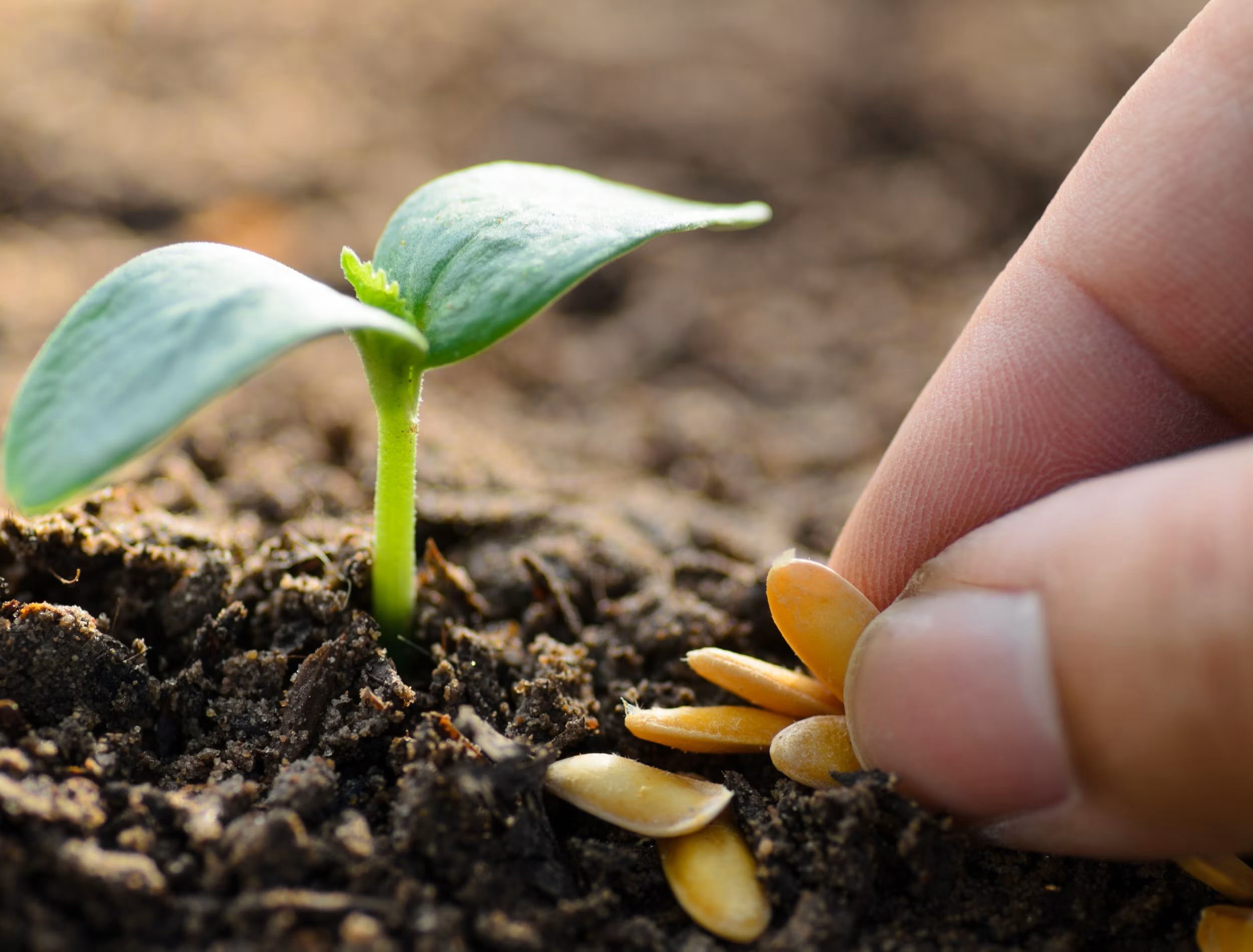
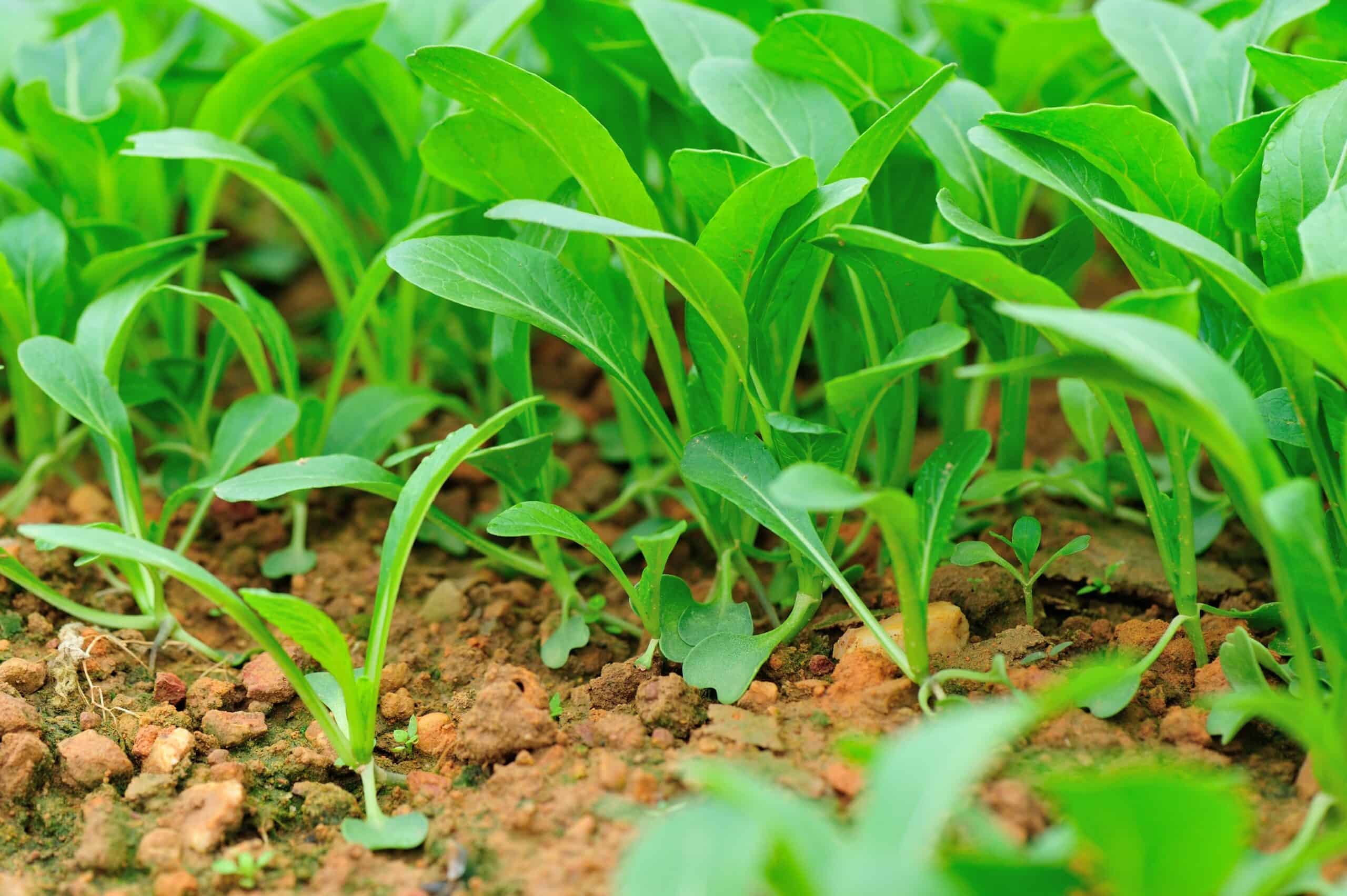
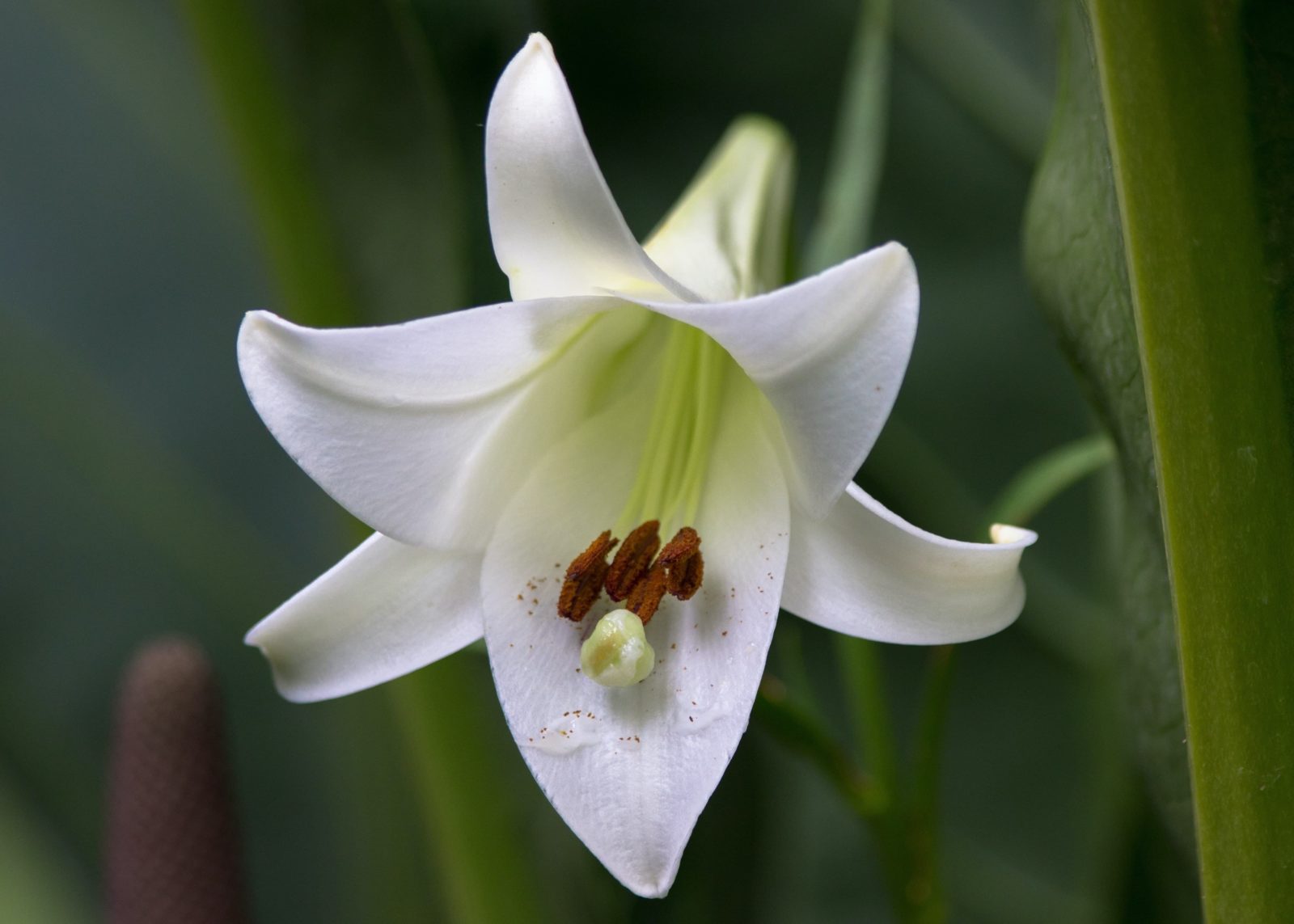
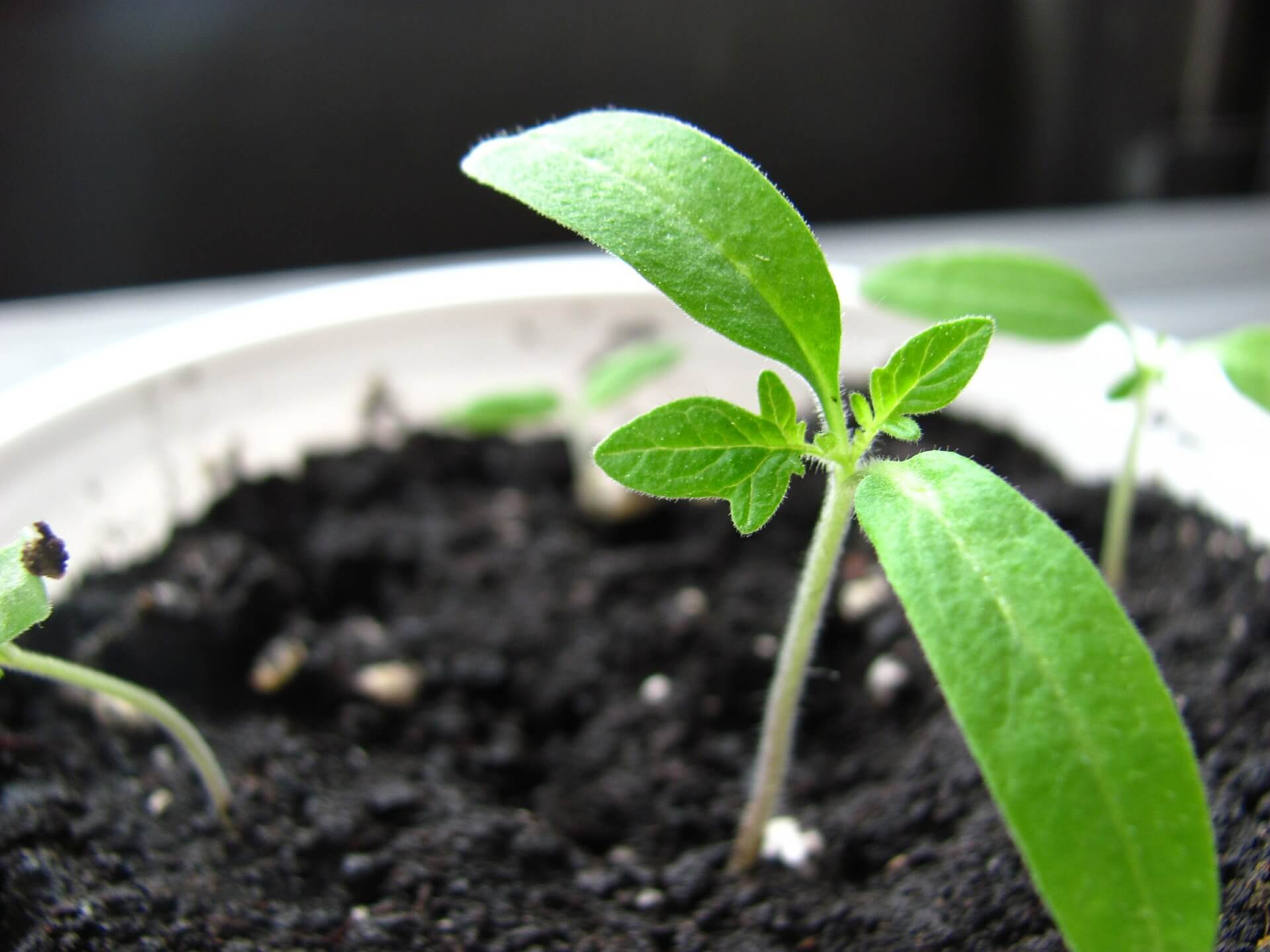
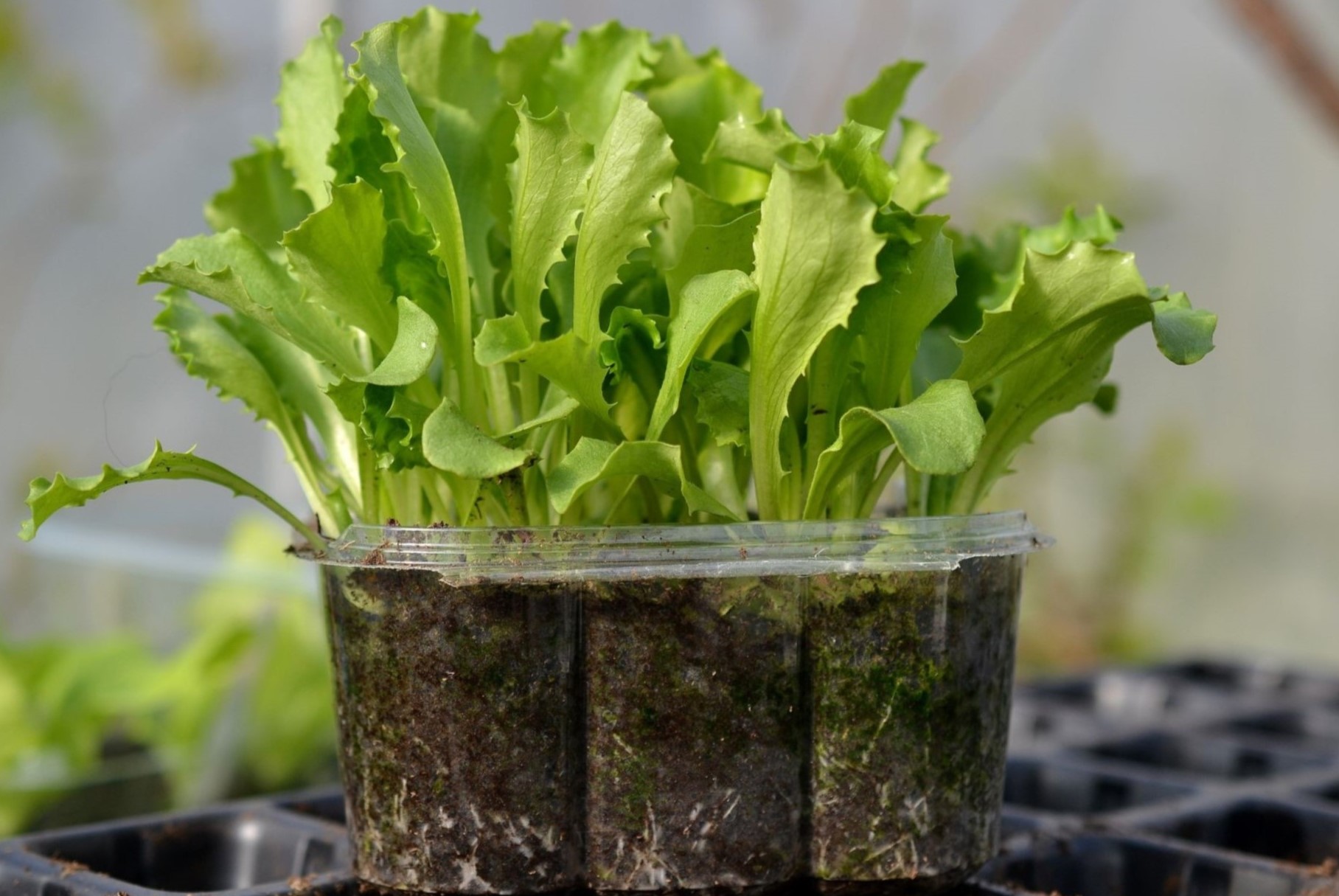
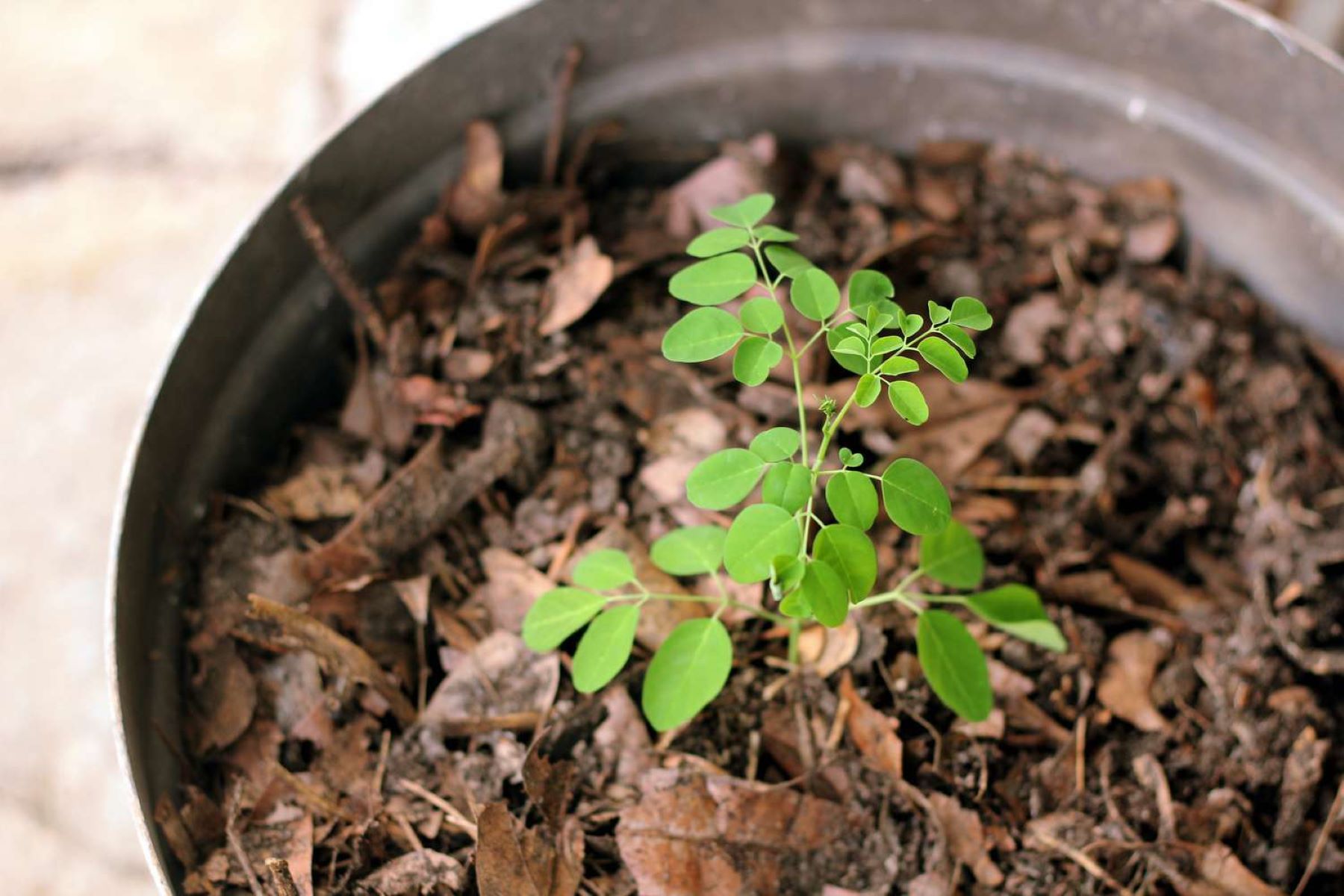
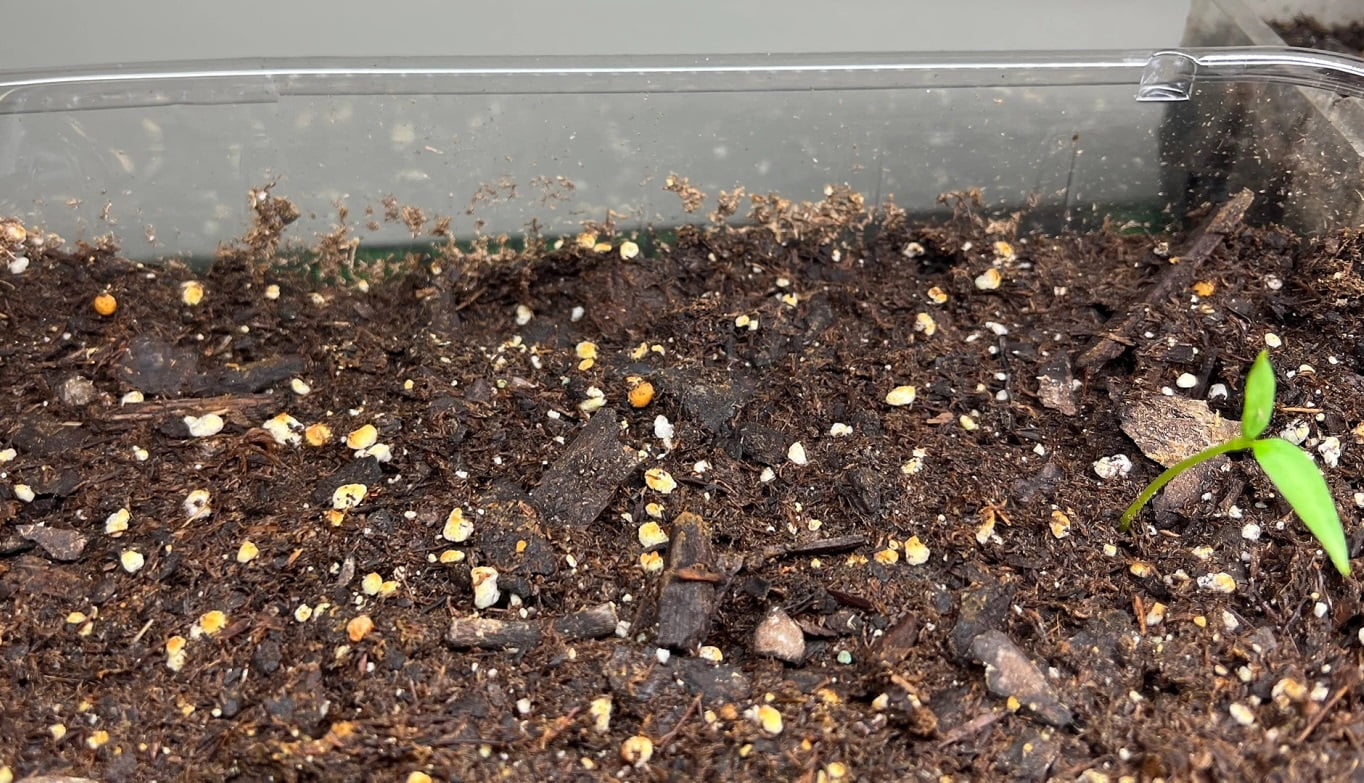
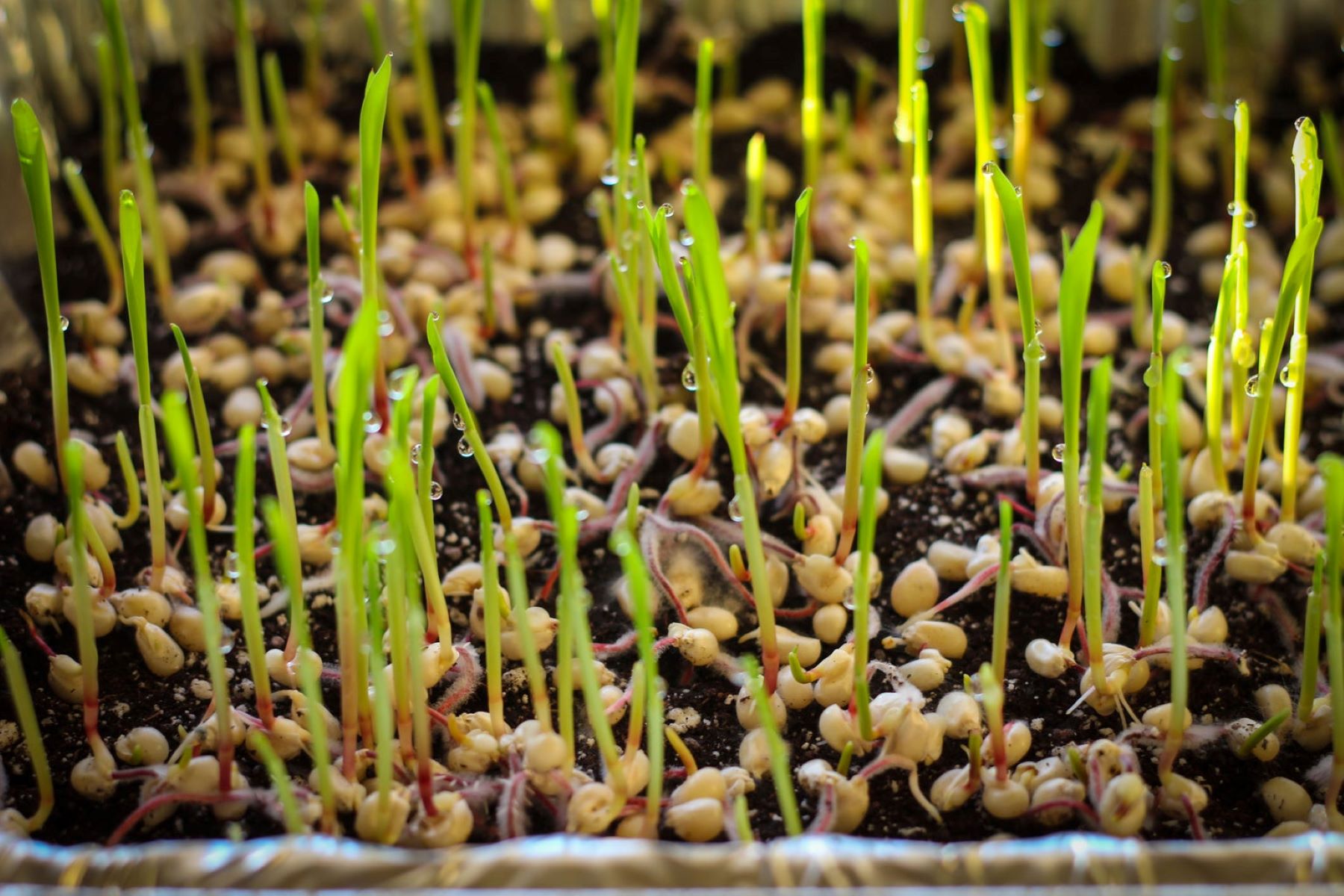
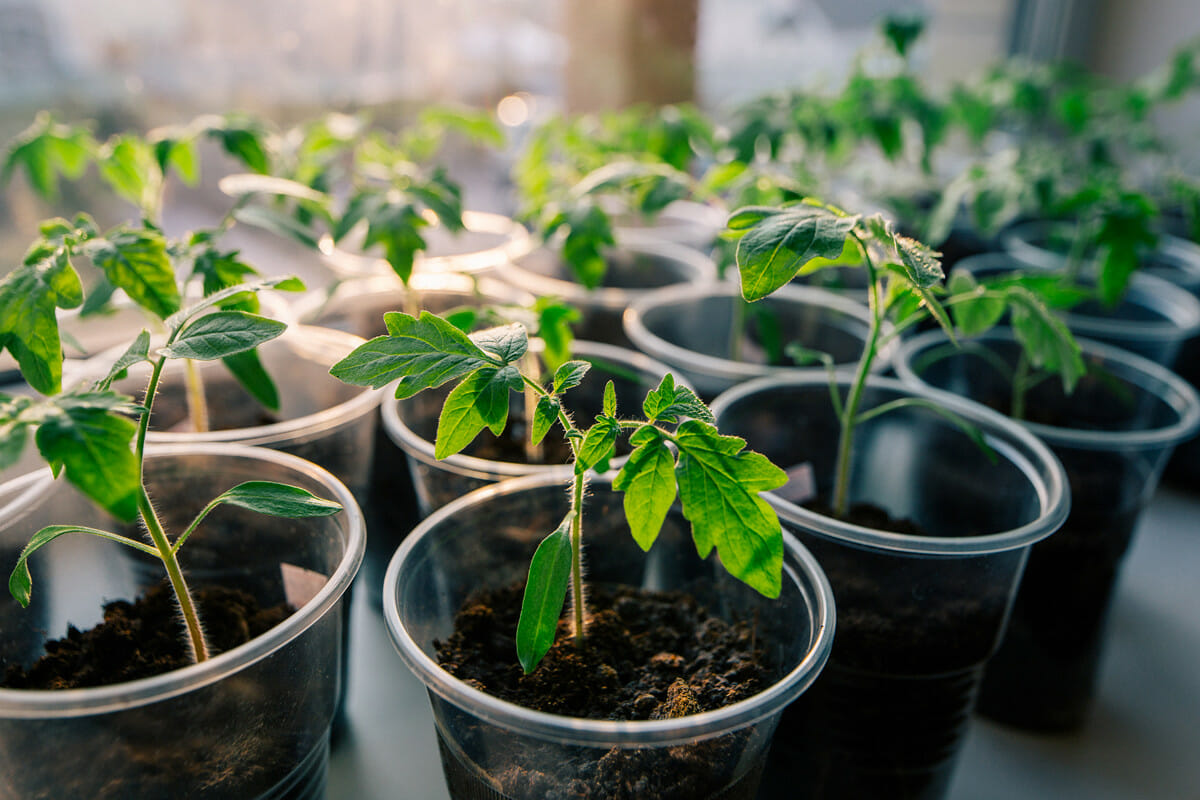
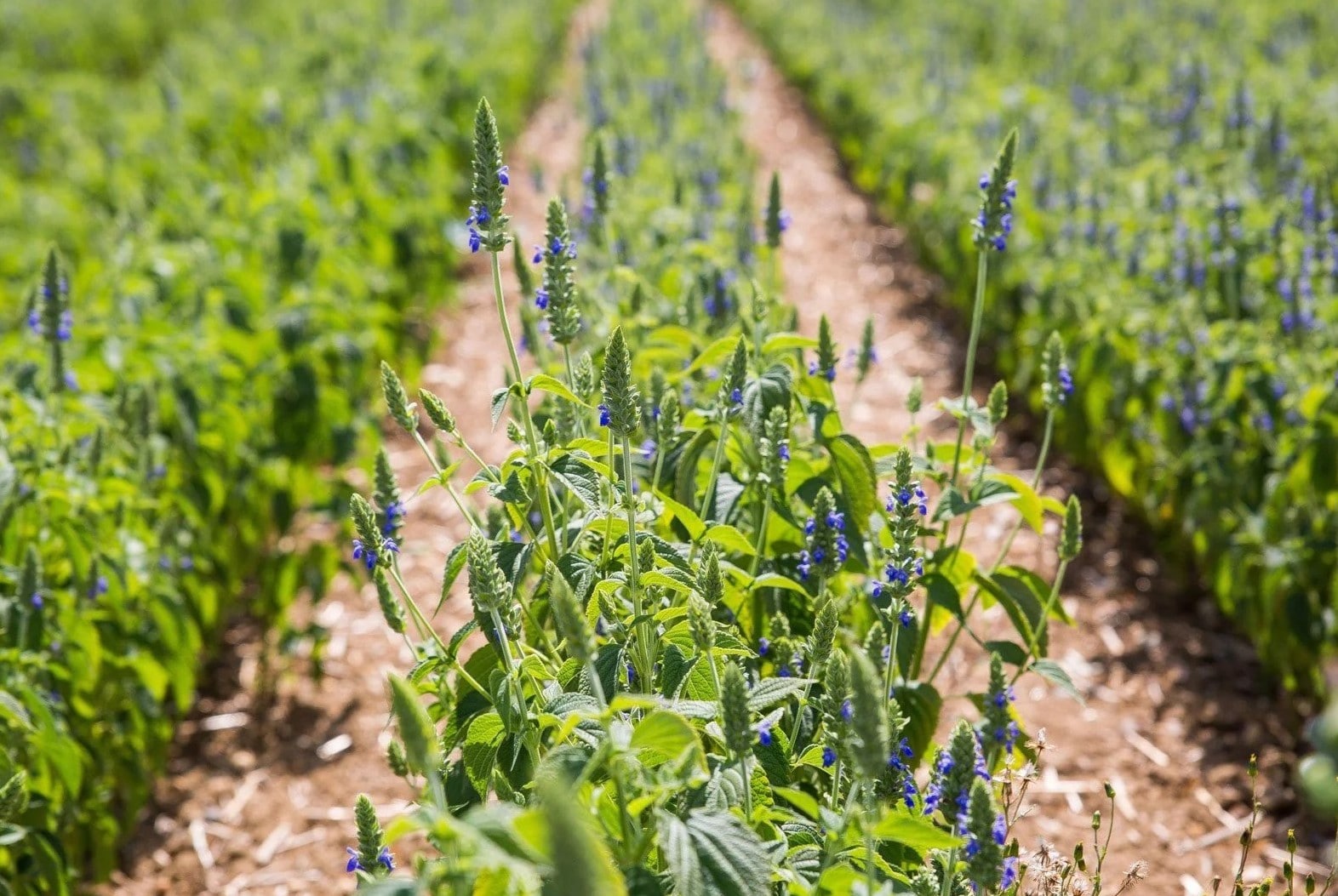
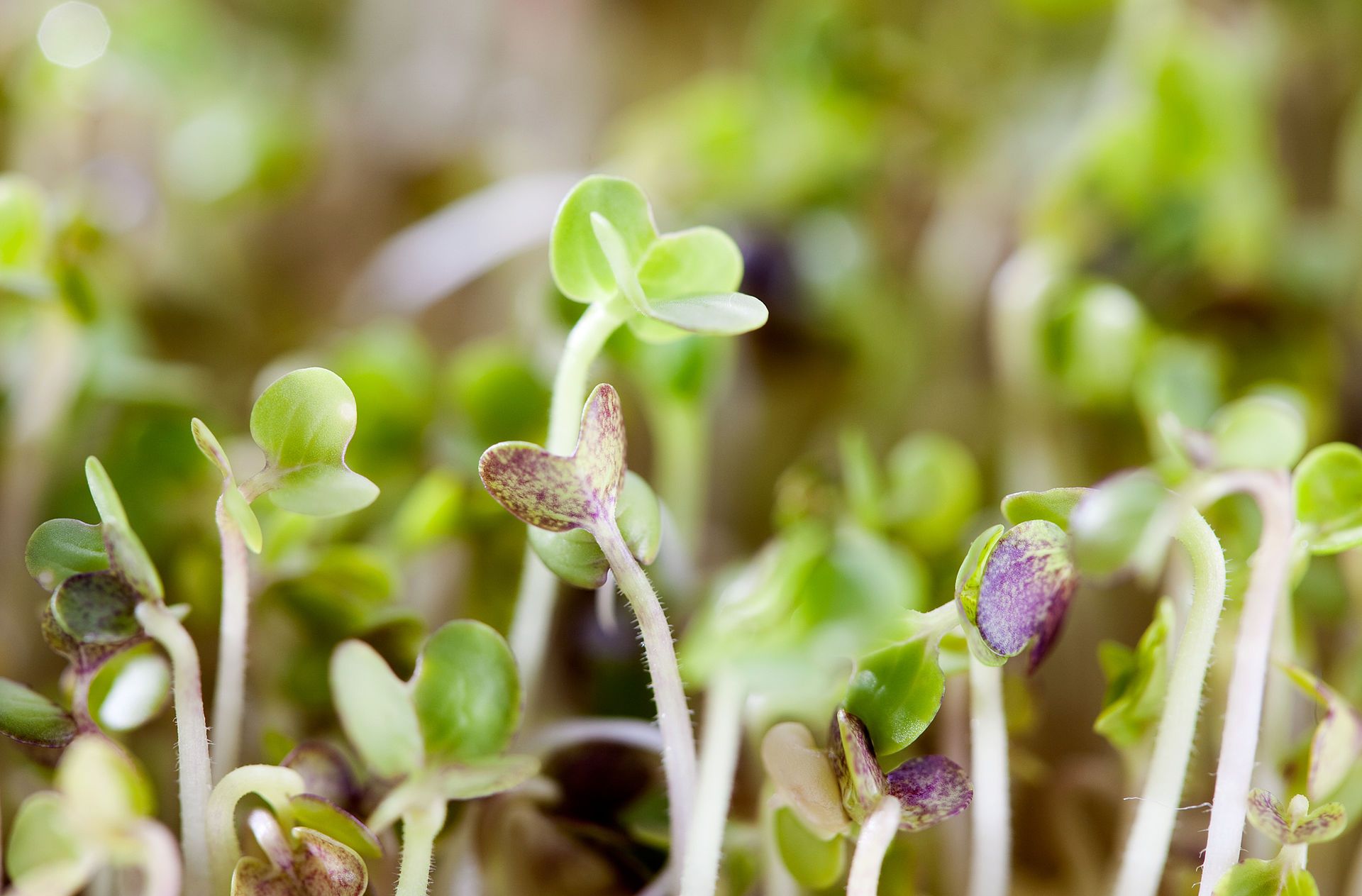
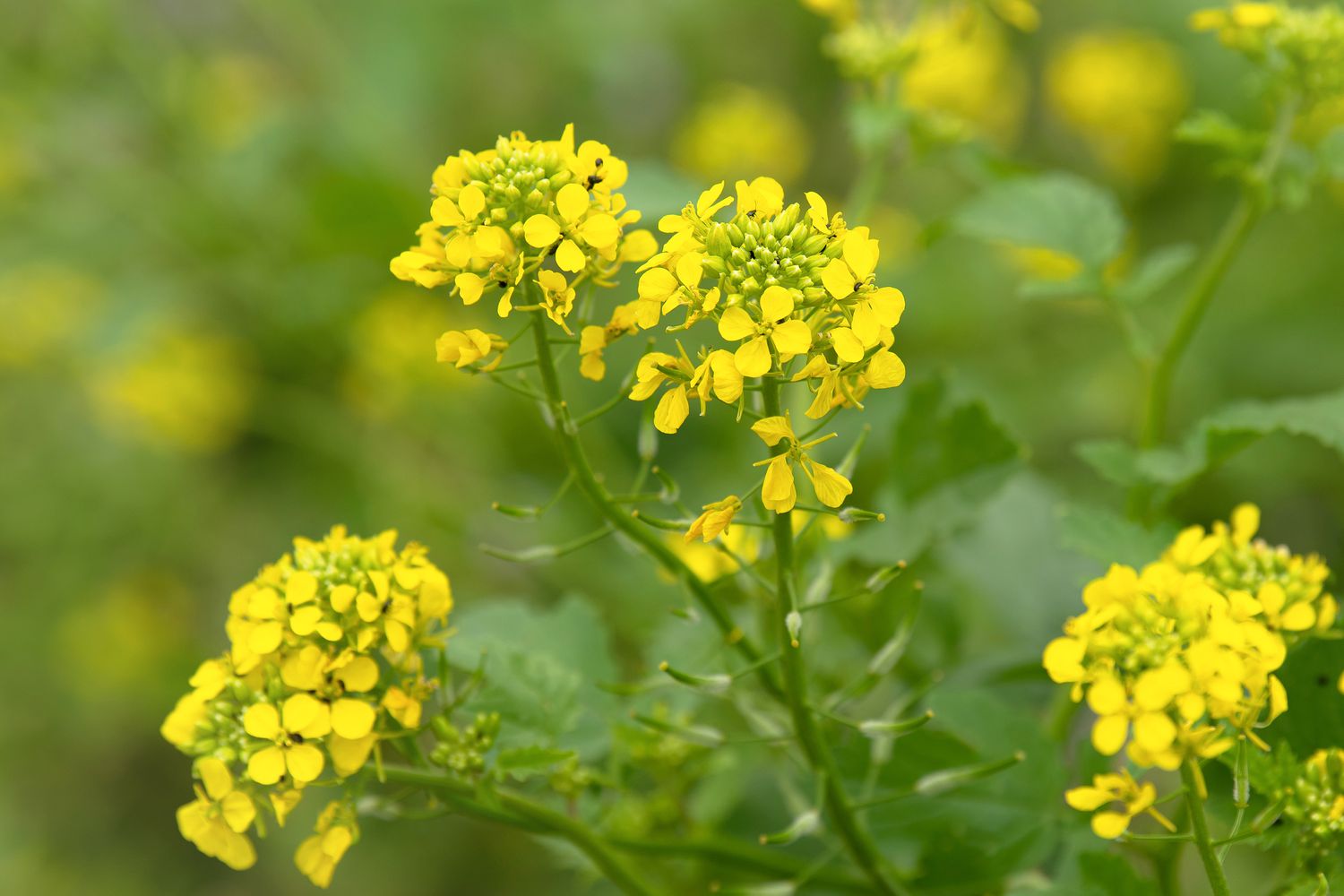
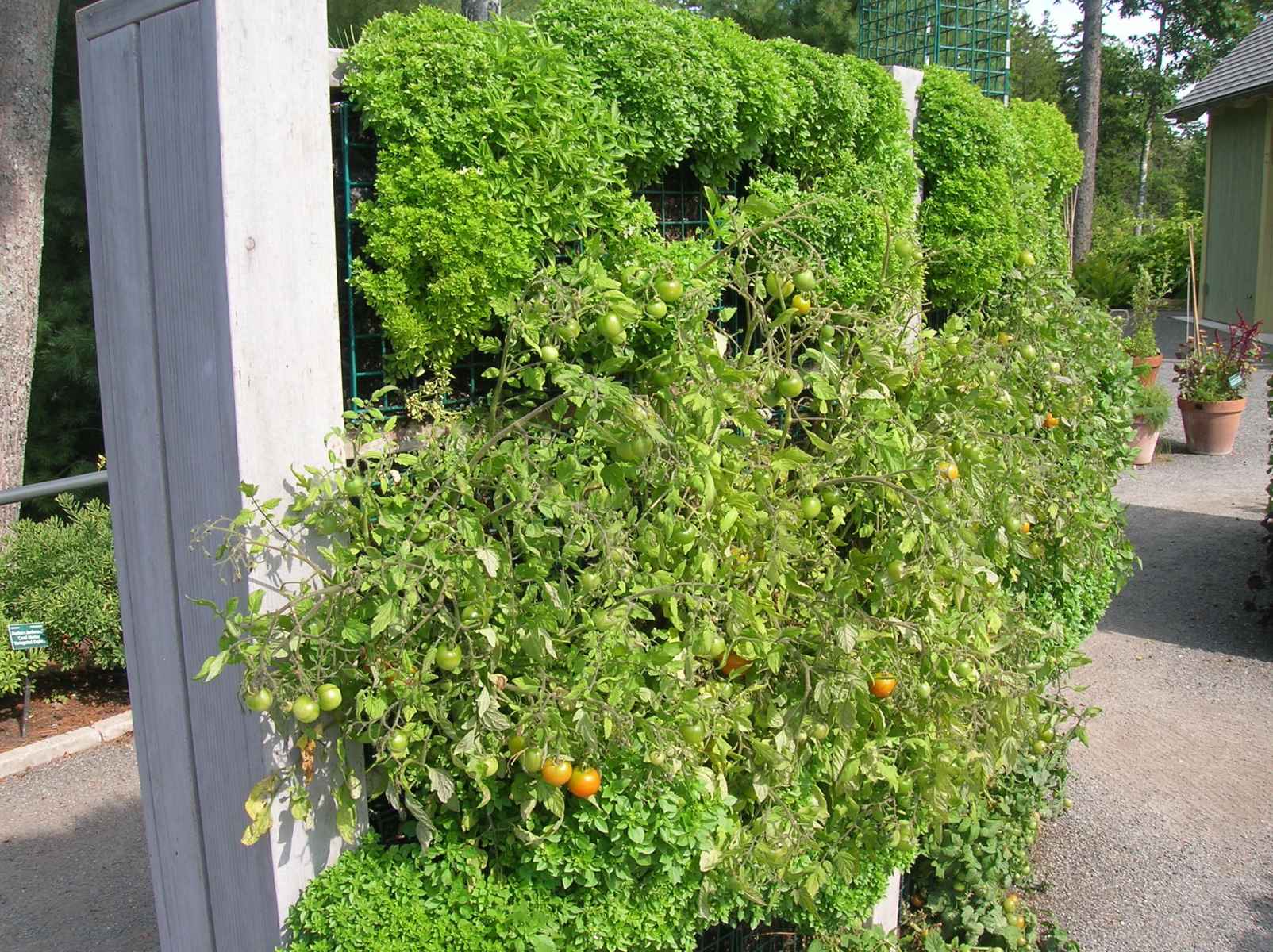

0 thoughts on “How To Grow Mango Seeds”